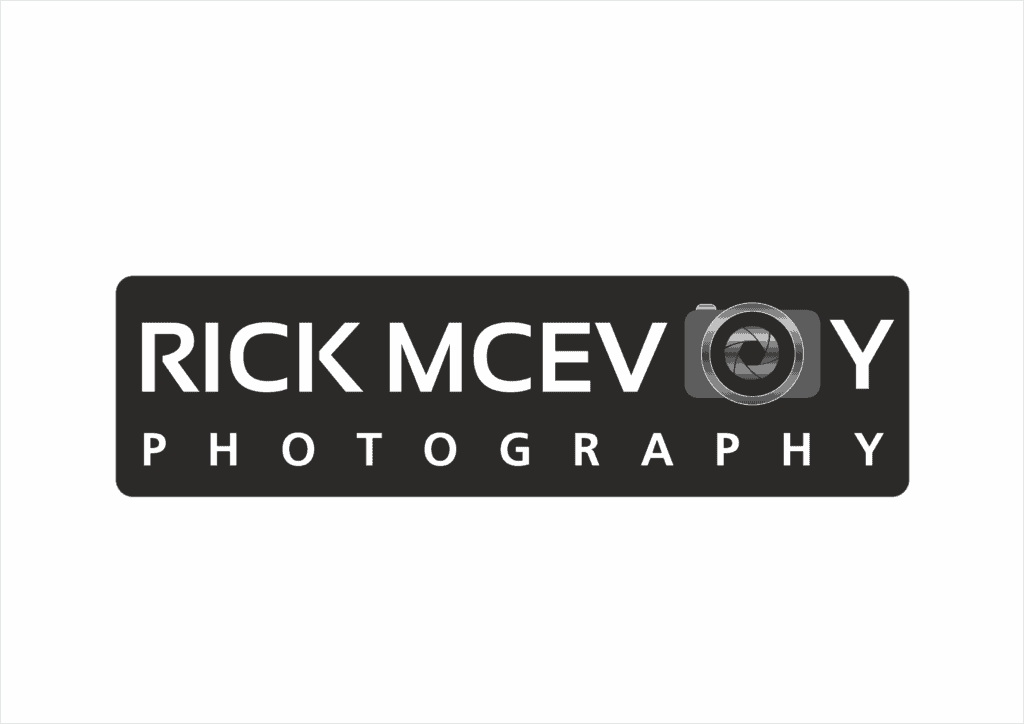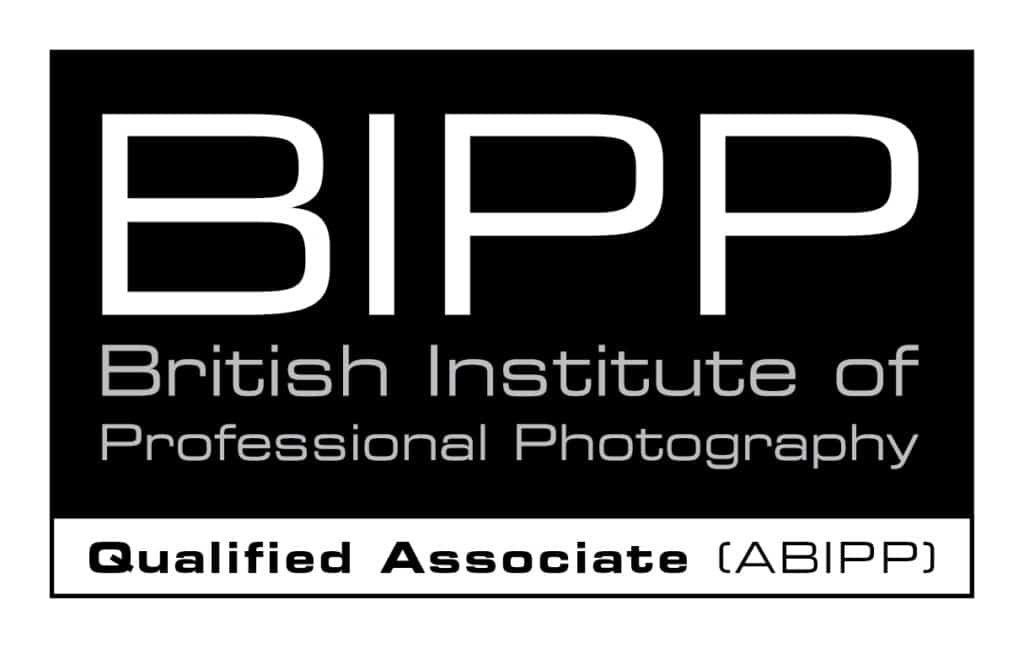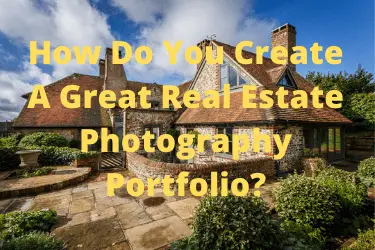I am getting to the end of my series of blog posts about real estate photography – in this episode I tell you what to do with all those lovely photos.
To create a great real estate photography portfolio you need to assemble a collection of images that represent your best interior and exterior photography work. The photos should all be technically correct, have great subject content and excellent composition. The photos should also show the buildings at their best. A real estate photography portfolio should only contain 12 images allowing clients to quickly decide that you are the photographer for them.
OK – this is important as your real estate photography portfolio will be used by people to quickly assess if you are the photographer for them or not.
And at the end of this post I will tell you what you need to do with your portfolio – it is no use sat on your PC at home now is it?
What is a portfolio?
A photography portfolio is a collection of your best work. It should be a carefully considered selection of photos that tell clients the standard of images that you can create for them.
It should make clients want to contact you so you can create photos for them that look as great as the ones that you have done for other clients.
Your portfolio will be a major factor in a client choosing you over another photographer.
Your portfolio might be the only thing that a potential client ever sees of yours. Ever.
No pressure then….
How many photos should there be in a portfolio?
I put 12 photos in a portfolio that I place on my website. That is all. Just 12.
Only 12 photos – really?
Yes really. People are busy. 12 photos should be enough to show someone that you can create the photos that they need. Clients do not want to be looking through hundreds of photos.
For my BIPP portfolio assessment I submitted 40 images that were reviewed by the panel, and that is a formal review for a professional photography qualification (that I got by the way!).
So 12 photos is all I do, and I suggest you give this a go yourself.
What should the photos show?
Your best work, showing a variety of completed shoots to a high standard that will resonate with the clients that you are trying to work for.
What do I do if I am starting out?
Simple – get your best 12 photos. If you have only photographed one house then that is fine – we all have to start somewhere after all. Hopefully you will have more than one house that you have photographed, and you can always be a bit creative and show public buildings.
Just be honest when you reach out to potential clients and say that you are just starting out but look at how great your first shoots are.
And when you have got better photos then replace the weakest, and do this on an ongoing basis. I like to update my online portfolios at the end of a calendar year, giving my website a fresh look for a new year.
What standard of work should the photos be to?
Now we have to be careful here. For real estate work you should not have photos that you have spent endless hours working on in Lightroom and Photoshop. Not that I ever do this to be fair, and neither should you.
The photos need to be representative of the highest standard of photos that you will give to a client when working on an individual commission basis.
OK the portfolio images can have a little bit of additional refinement but they have to represent the standard of images that a client will get.
Why not the best, most polished work?
Well if you think about it, if you are sending clients to a portfolio of astoundingly stunning photos then that is what they will expect. So be careful, showcase what you can deliver day in, day out.
Sure they need to be your best work but remember this – real estate agents are not after the best photos in the world – no they are after great photos that will help sell/ lease a property quickly and at the right price.
And they will not pay you more for hours of tweaking in Photoshop – so if you do that you are reducing your hourly rate significantly. That or working for nothing.
This is a business after all. Time Is money.
Should you include commercial premises?
Sure – why not. Real estate photography is not just houses, but also includes commercial premises. Well any building that is being sold or leased. We don’t want to exclude a potential additional market now do we?
But they have to fit in with the other images – read on to see what happened to me.
How did I create my new real estate photography portfolio?
Well here it is on a page on my website called, erm Real Estate Photography Portfolio!
OK and when I added this to my portfolios page guess what? My architectural portfolio was actually a blog post, as was my construction photography portfolio. Work to do there.
My landscape and travel photography portfolios were just fine though.
Creating my real estate photography portfolio
All my photos are in Lightroom. My first job is to create a new Collection in Lightroom. Why do I do this? Simple – this is a super quick way of adding photos to what is in effect an album without moving any of the photos in my catalogue.
And once it is done and I have the set of 12 images that I want a bit of Lightroom magic happens. Well it does when I select the “Sync With Lightroom” box. All the photos appear on my iPad and my phone.
So yes I have my portfolios with me at all times which is incredibly useful. And people these days expect us photographers to be with it tech wise.
One more thing – move your mouse over the collection name and select “Set as target collection” – once you have done that just hit B and the photo is added. Hit B again and the photo is removed from the collection.
Choosing the images
Now I have rather a lot of real estate photos, and I am only after 12. And if I break that down a bit it helps.
- 6 interiors.
- 6 exteriors.
And I want commercial and residential, so this is what I am after
- 4 residential interiors
- 4 residential exteriors
- 2 commercial interiors
- 2 commercial exteriors
That is broken down very nicely. Now over to Lightroom.
How do I choose the photos?
Well this is of course a personal thing, but one thing that you need to do is try to look at your photos through a clients eyes. I will go through and pick a couple of photos from shoots that I remember clients particularly liking.
Remember – your real estate photography portfolio is not for you – it is for everyone else.
Landscape or portrait orientation?
I want everything nice and in order so I restrict myself to landscape images. And this works fine as business users tend to use desktop PCs so landscape works better for them.
Remember this is not about us, it is about potential clients looking at our work.
Choose your market
If you are starting out you have to go with what you have, but hopefully you will soon get more work and broaden your portfolio.
The photos I have included in my portfolio are higher end properties, which is my target market these days. I have added photos that will relate to the clients that I am trying to get work with. I want to show them that I have done work similar to that which they are seeking to get, and that my photos are to a suitable standard.
This is not as easy as it looks!
As I was going through the photos I found some old stuff that I loved but just had to re-edit. I used to do a lot more to photos than I do these days so I had to adjust them to what I produce these days and not 10 years ago.
And I went with an exterior and an interior, so I could produce pairs of images that worked together.
And most importantly, I went for what I consider to be interesting photos demonstrating my photography skills across as wide a section of real estate photography as possible.
How did it go?
OK – in the first pass I chose 25 photos, which were all sat nicely together in a single Lightroom Collection. Now that they are all together it is a straightforward task narrowing down to 12.
And the commercial buildings do not work. They just do not belong so those two photos are out straightaway. And there were a couple of shoots where I did not have great interiors so I chose two exterior photos.
My commercial stuff I can I cover in my architectural photography portfolio so this is how I cover both market areas.
Down to 14 contenders!
So I was quickly down to 14 photos. And I could not decide what to do, so I did this. I walked away and did something else!
And on my return?
I looked and instantly knew which 2 had to go, which I did and that was my 12. Now this was a relatively easy thing for me to do as this is after all what I do all the time. It might take you longer, but this is something well worth spending time on – you are preparing your shop window for the world so your shop window needs to be interesting!
So I have 12 photos, all of lovely country residences that I have been fortunate enough to photograph. 1 exterior photo and 1 interior photo for 6 different residential properties.
Last thing was to put them in different order which I did.
And I am happy with this.
What Next?
Quite simple I exported the 12 images as JPEGs and uploaded them to their own brand new portfolio page.
And that is that done.
OK – I have done that – what now?
You have spent all that time getting your lovely set of real estate images sorted, but then what? What do you do with them? They are doing nothing on your hard drive – we need to get them out in the world.
Put it on your website.
Give it a logical URL – this is mine – https://rickmcevoyphotography.com/real-estate-photography-portfolio/. Things do not have to be too complicated now.
Write about it.
Write articles about real estate photography and link to it. I will do one next week and add the link to this post.
Tell people about it
Email potential clients and add a link to your portfolio – this is a super quick way of getting your work in front of clients.
When you phone clients tell them that you have an online portfolio.
Share it
And of course share it on social media.
I am done here
I hope that you have found this post helpful, and that you are now able to quickly create a great real estate photography portfolio.
My podcast
Before I go please let me tell you about my small but perfectly formed Photography Explained Podcast. I publish one episode per week, where I explain one photographic thing in plain English in less that 10 minutes (ish) without the irrelevant details.
Related reading
If you want to know more about real estate photography check out my real estate photography page.
If you want to know more about me, and for everything else just head over to my Start Here page.
Or to watch the video of this blog post head over to my You Tube Channel.
Ok I am done here.
Please, any questions get in touch via my website. Cheers from me Rick



